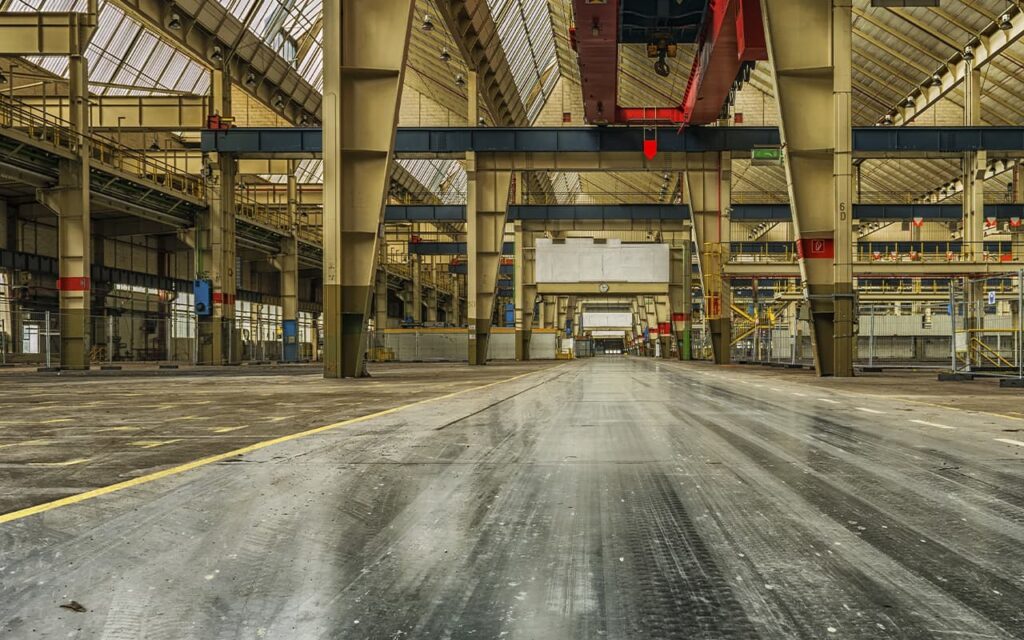Industrial archaeology is the study of the material remains of British industry. Initially concerned with the study of mills, factories, and other means of production since the Industrial Revolution, its scope is now expanding.
Some use it to describe the study of industry in all periods and places. Others see it as a study not only of the means, but also of the impact of industrial production on the social landscape, such as urbanization and cultural change.
First developed by Donald Dudley, a professor of Latin at the University of Birmingham, industrial archaeology became a distinct field of study concerned with 18th-century industry and beyond in Britain in the 1950s.
Previously, it had focused on the means of production rather than the wider impact of industry. Typically, research has focused on specific types of industry in the UK, such as textile mills in the north of England or iron production in places like Ironbridge.
The history of industry over the centuries
Some archaeologists, such as the late Professor Mike Aston of the University of Bristol, believe that the Industrial Revolution may have begun as early as the 16th century. Prof. Aston believed that monasteries began the process of industrialization by establishing workshops, furnaces, and kilns on their premises.
It may not have been mass production on the scale of the early 1700s, but the monasteries’ industrial innovations may have laid the groundwork for the later Industrial Revolution.
Even if not all archaeologists accept this theory, many believe that industrial archaeology should not be applied only to the period after the 18th century. Instead, industrial archaeology should be all-encompassing, including the study of industry in all periods, from large-scale flint production in prehistory to pottery factories in the Roman period.
Industrial archaeology and social history
Others believe that industrial archaeology should not be limited to the factories that were the means of mass production, but to the impact that mass production had on the landscape. Research is now being conducted under the umbrella of industrial archaeology, which examines the causes of industrialization and its impact on the areas where it took place, from the types of housing provided to workers to how British cities such as Birmingham, Sheffield and Manchester developed and how the countryside was affected.
